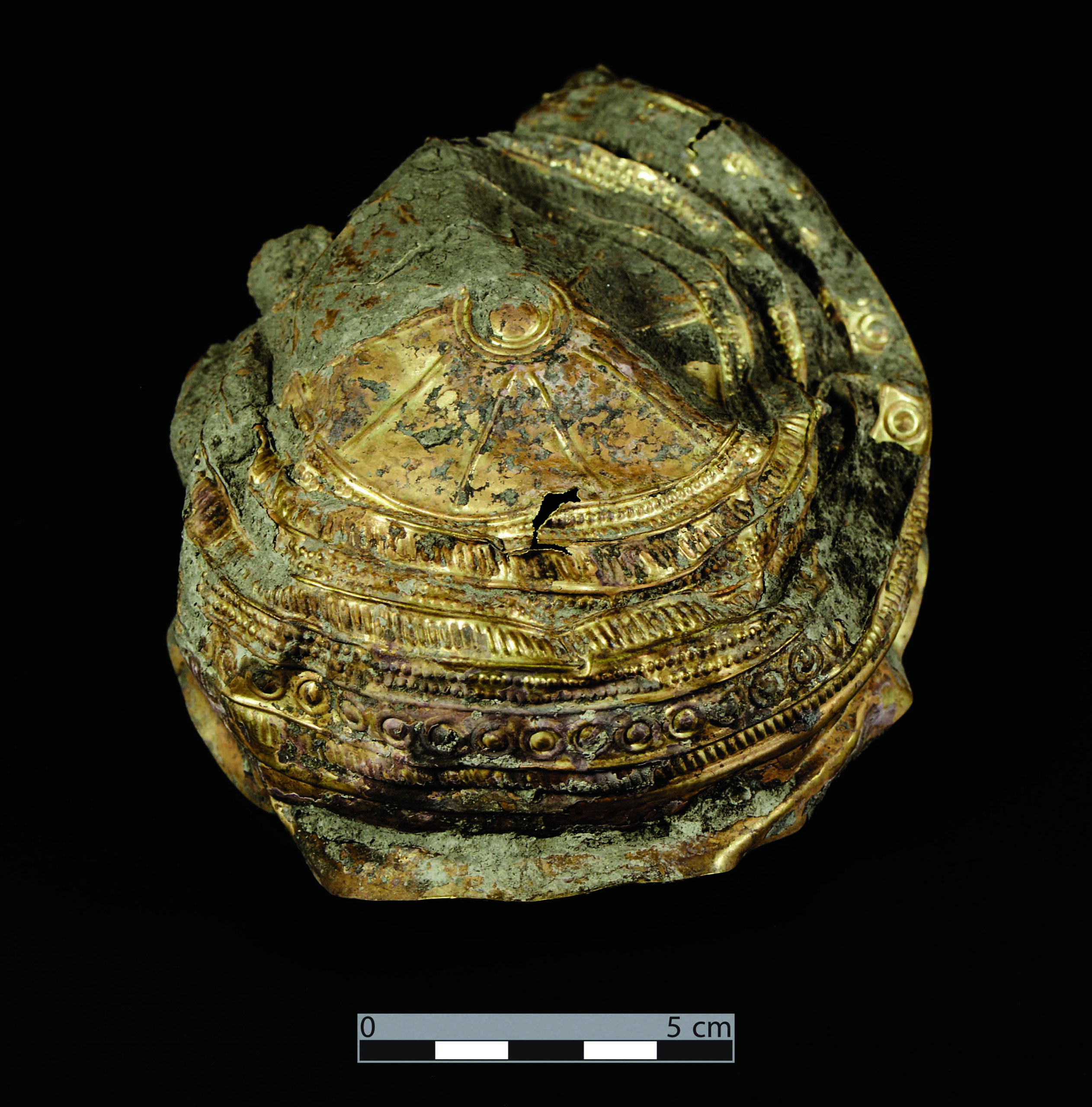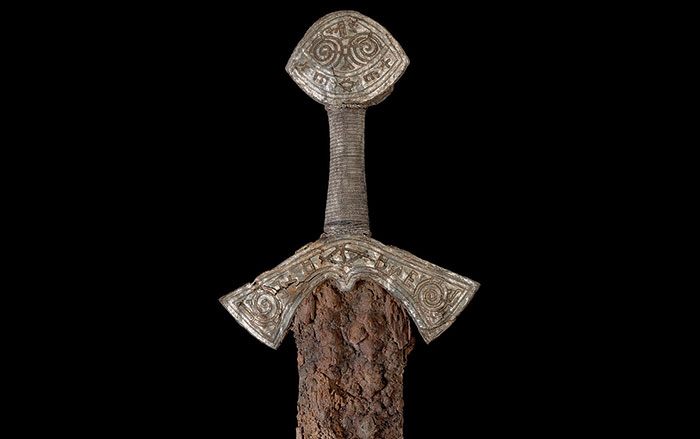
VIENNA, AUSTRIA—Bioarchaeologist Michaela Binder of the Austrian Archaeological Institute examined the bones of a middle-aged man who died in the sixth century A.D. He had been buried in a high-ranking area close to a church with a short sword, a brooch, and a prosthetic device for his missing left foot and ankle. The wood of the device had deteriorated, but excavators recovered an iron ring that stabilized the device. The leg bones are also stained, perhaps indicating the man had been buried with leather pieces that attached the prosthesis to his leg. “Losing a foot—and especially when it’s not cut through the joint but through the bone—would have lacerated a lot of blood vessels and caused an extensive amount of bleeding,” Binder told Atlas Obscura. This injury, however, had healed, and left no sawing marks. There was a difference in the bone density of the man’s legs, suggesting that his left leg had been immobilized for some time. Binder adds that wear on his hips and knees suggest that he rode horses often, so perhaps his left foot had to be amputated after a riding accident. To read about the remains of a Roman town in Austria, go to "Off the Grid."











